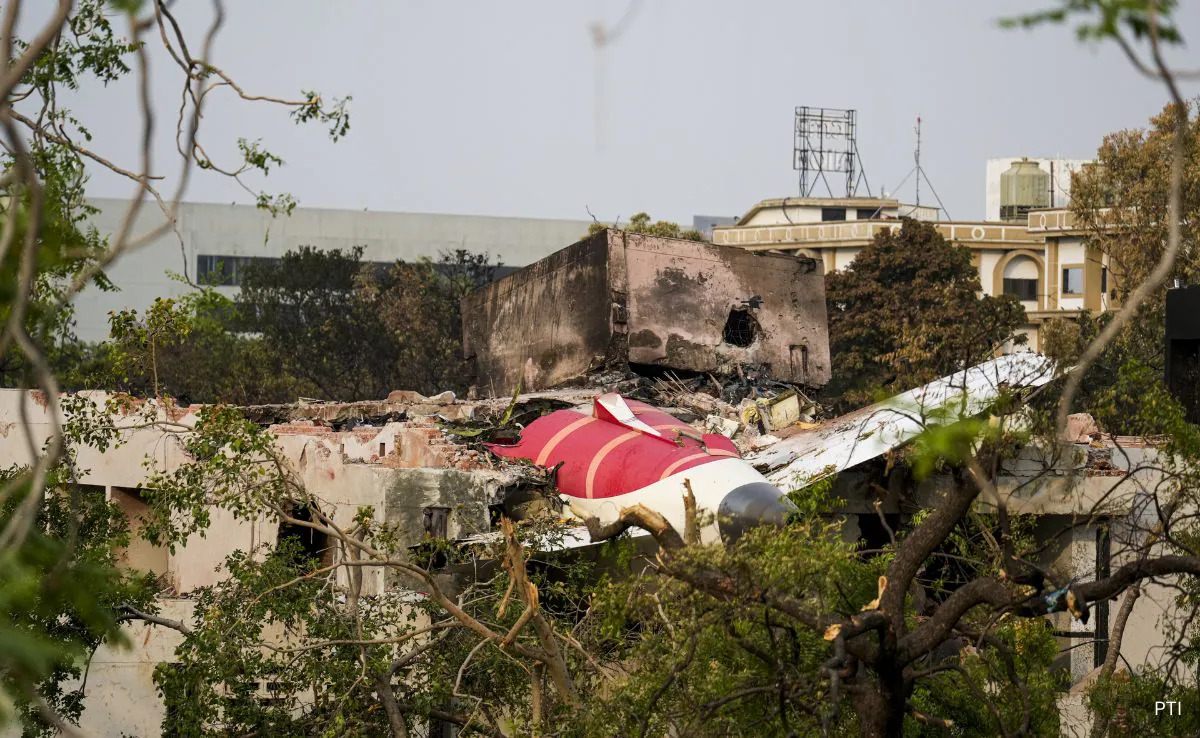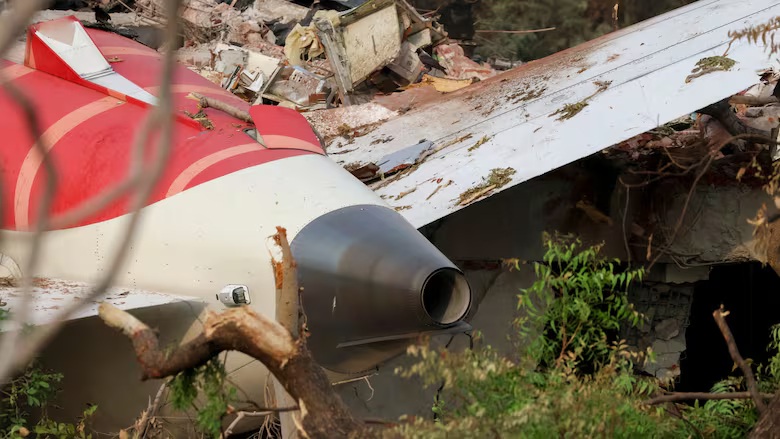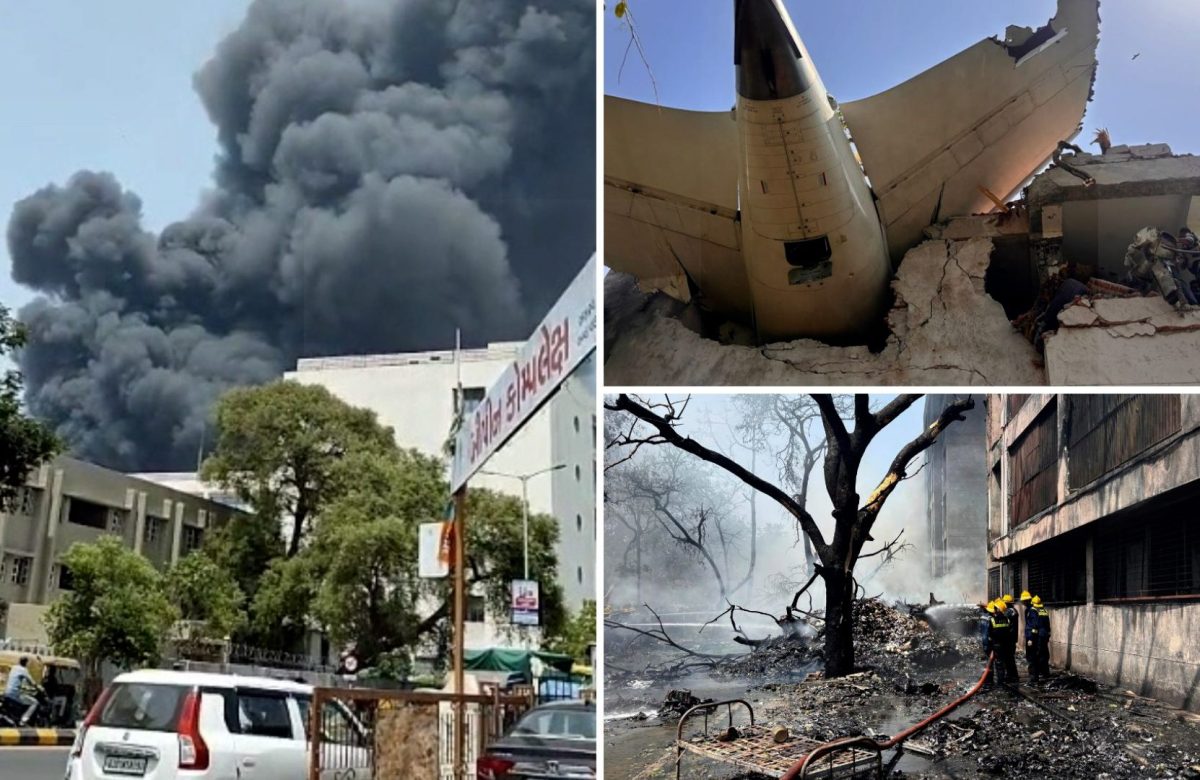
Air India Crash Probe Centers on Captain’s Actions: Report
- World News
- July 17, 2025
- No Comment
Report by “Safarti Tarjuman” International News Desk
AHMEDABAD — Investigators probing the deadly crash of an Air India Boeing 787 Dreamliner in Ahmedabad last month are now focusing on the actions of the flight’s captain, according to a Wall Street Journal (WSJ) report citing early U.S. assessments.
The June 12 crash, which claimed the lives of all 260 people on board, occurred shortly after takeoff en route to London’s Gatwick Airport. A newly surfaced cockpit voice recording (CVR) indicates that fuel switches controlling engine flow may have been manually turned to the “cutoff” position—effectively shutting off power—just seconds after liftoff.
According to the WSJ report, the first officer, who was piloting the aircraft during takeoff, questioned the captain’s sudden action, asking why the fuel switches had been flipped. The captain reportedly denied initiating the cutoff.
The aircraft was being flown by Captain Sumeet Sabharwal, with over 15,600 hours of flight experience, and First Officer Clive Kunder, with approximately 3,400 flight hours.
India’s Aircraft Accident Investigation Bureau (AAIB) released a preliminary report on Saturday, confirming that the fuel switches shifted from “run” to “cutoff” about a second apart. However, the report stopped short of specifying how the switches were moved.
Security camera footage from the airport revealed that the aircraft’s ram air turbine—an emergency power generator—deployed moments after takeoff, suggesting both engines had lost power. Despite this, investigators at the crash site found the switches in the “run” position, and signs indicate both engines may have briefly reignited before the aircraft crashed.
In an internal memo, Air India CEO Campbell Wilson assured staff that the preliminary investigation found no mechanical or maintenance issues with the aircraft. All scheduled checks had been performed, and the aircraft was deemed airworthy prior to the flight.
The AAIB’s preliminary report did not include any safety recommendations for Boeing or GE, the engine manufacturer. Both Boeing and the U.S. Federal Aviation Administration (FAA) have since reaffirmed the safety of Boeing’s fuel switch locking mechanisms, according to a document reviewed by Reuters.
The Indian Directorate General of Civil Aviation and other relevant agencies have yet to publicly comment on the WSJ findings.
The final report will likely take months to compile as investigators continue analyzing flight data, maintenance records, and pilot behavior. Aviation experts emphasize that conclusions should not be drawn until all facts are confirmed.
The tragic crash marks one of the worst aviation disasters in recent Indian history and has reignited debate around pilot training, cockpit automation, and crisis management protocols.
Thank you for reading! For comprehensive news coverage and exclusive stories, visit SafartiTarjuman.com






